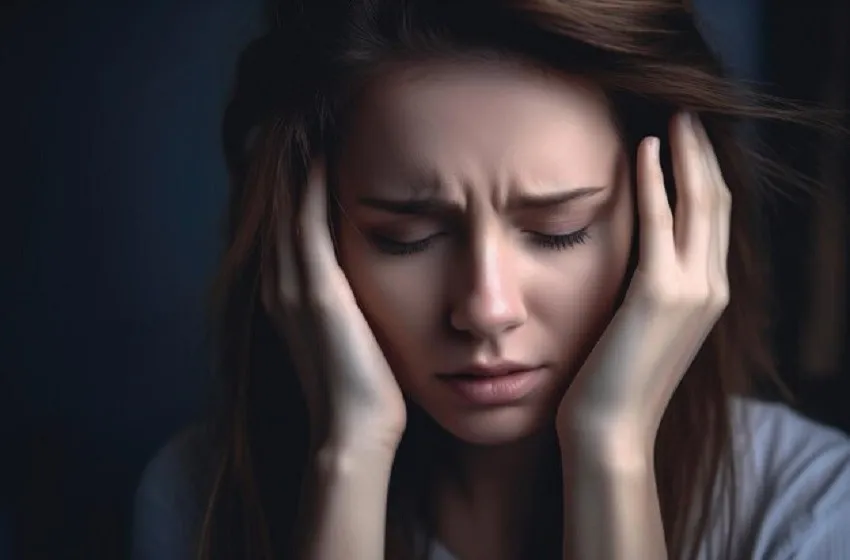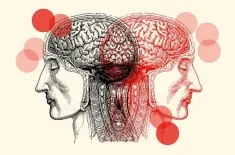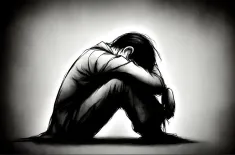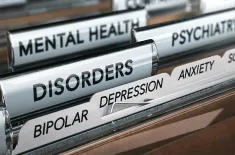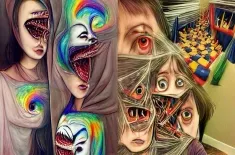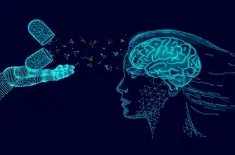Anxiety disorder affects millions, causing excessive worry and fear that can interfere with daily life. Understanding its symptoms, including restlessness and panic attacks, is crucial for effective management. Various treatments, including therapy and medication, can help alleviate symptoms. With proper support and coping strategies, individuals can regain control and lead fulfilling lives despite their anxiety disorder challenges.
Anxiety disorder are a group of mental illnesses characterized by excessive fear and worry, significantly impacting daily life. They're more common than many realize, affecting millions worldwide. While feelings of anxiety are a normal part of the human experience, anxiety disorder involve persistent, overwhelming, and often debilitating anxiety that interferes with functioning. Understanding the different types, symptoms, and treatments is crucial for effective management and recovery.
Types of Anxiety Disorder
Several distinct anxiety disorder exist, each with its own specific characteristics:
-
Generalized Anxiety Disorder (GAD): This involves persistent, excessive worry and anxiety about various aspects of life for at least six months. Individuals with GAD find it difficult to control their worry and often experience restlessness, fatigue, irritability, muscle tension, and sleep disturbances.
-
Panic Disorder: This is characterized by recurrent, unexpected panic attacks. Panic attacks are sudden episodes of intense fear or discomfort accompanied by physical symptoms like rapid heartbeat, sweating, trembling, and shortness of breath. Individuals with panic disorder often fear future attacks and may change their behavior to avoid situations that trigger them (agoraphobia).
-
Specific Phobias: These involve intense, irrational fears of specific objects or situations (e.g., spiders, heights, enclosed spaces). The fear is disproportionate to the actual threat and causes significant distress or impairment. Individuals with specific phobias actively avoid the feared object or situation.
-
Social Anxiety Disorder (Social Phobia): This involves a persistent fear of social situations where the individual might be scrutinized or judged by others. Fear of embarrassment or humiliation is central. Individuals with social anxiety disorder may avoid social situations or experience significant distress when they are unavoidable.
-
Separation Anxiety Disorder: Primarily affecting children, this involves excessive anxiety related to separation from primary attachment figures. Children with separation anxiety may refuse to go to school or sleep alone, experiencing significant distress when separated from their parents or caregivers. In adults, it can manifest as extreme anxiety about leaving home or being alone.
-
Obsessive-Compulsive Disorder (OCD): While sometimes categorized separately, OCD is closely related to anxiety disorder. It involves persistent, intrusive thoughts (obsessions) that cause significant distress, and repetitive behaviors or mental acts (compulsions) performed to reduce anxiety.
-
Post-Traumatic Stress Disorder (PTSD): This disorder develops after experiencing or witnessing a traumatic event. Symptoms include flashbacks, nightmares, avoidance of reminders of the trauma, emotional numbness, and hyperarousal (increased startle response, difficulty sleeping).
Symptoms of an Anxiety Attack
Anxiety attacks, a hallmark of panic disorder, are characterized by a sudden surge of intense fear or discomfort. Symptoms typically peak within minutes and can include:
-
Physical Symptoms: Rapid heartbeat (palpitations), sweating, trembling or shaking, shortness of breath or feeling suffocated, chest pain or discomfort, nausea or abdominal distress, dizziness, lightheadedness or faintness, chills or hot flashes, numbness or tingling sensations.
-
Cognitive Symptoms: Feelings of impending doom or death, fear of losing control or going crazy, fear of dying, dissociation (feeling detached from oneself or one's surroundings).
-
Behavioral Symptoms: Urge to escape or flee, restlessness, pacing.
Physical Symptoms of Anxiety
Anxiety can manifest in various physical ways, even without a full-blown panic attack. These symptoms can be chronic and significantly impact daily life. They include:
- Cardiovascular: Rapid heartbeat, palpitations, chest pain, high blood pressure.
- Respiratory: Shortness of breath, hyperventilation, feeling suffocated.
- Gastrointestinal: Nausea, diarrhea, abdominal pain, constipation.
- Musculoskeletal: Muscle tension, headaches, trembling, fatigue.
- Neurological: Dizziness, lightheadedness, numbness or tingling sensations.
- Sleep disturbances: Insomnia, difficulty falling asleep, frequent awakenings.
Best Treatment for Anxiety
Treatment for anxiety disorder typically involves a combination of approaches, tailored to the individual's specific needs and diagnosis.
-
Therapy: Cognitive Behavioral Therapy (CBT) is a highly effective treatment for most anxiety disorder. CBT helps individuals identify and change negative thought patterns and behaviors that contribute to anxiety. Exposure therapy, a specific type of CBT, involves gradually exposing individuals to their feared situations or objects. Other therapeutic approaches include Acceptance and Commitment Therapy (ACT) and mindfulness-based therapies.
-
Medication: Medications, such as antidepressants (SSRIs, SNRIs), benzodiazepines (for short-term relief of severe anxiety), and buspirone, can be helpful in managing anxiety symptoms. However, medication is typically used in conjunction with therapy, not as a standalone treatment.
-
Lifestyle Changes: Lifestyle modifications play a significant role in managing anxiety. These include regular exercise, a balanced diet, sufficient sleep, stress management techniques (yoga, meditation, deep breathing exercises), and limiting caffeine and alcohol intake.
Anxiety Disorder Self-Care
Self-care is essential for managing anxiety and improving overall well-being. Strategies include:
-
Mindfulness and Meditation: Practicing mindfulness techniques can help individuals become more aware of their thoughts and feelings without judgment, reducing reactivity to anxious thoughts. Meditation can promote relaxation and reduce stress.
-
Exercise: Regular physical activity releases endorphins, which have mood-boosting effects. Even moderate exercise can significantly reduce anxiety symptoms.
-
Healthy Diet: Nutrition plays a crucial role in mental health. A balanced diet rich in fruits, vegetables, and whole grains can support brain function and improve mood.
-
Sufficient Sleep: Getting enough sleep is crucial for both physical and mental health. Aim for 7-9 hours of quality sleep each night.
-
Stress Management Techniques: Learning and practicing stress management techniques, such as deep breathing exercises, progressive muscle relaxation, and yoga, can help manage anxiety symptoms.
-
Social Support: Connecting with supportive friends, family members, or support groups can provide emotional support and reduce feelings of isolation.
-
Setting Boundaries: Learning to set healthy boundaries can protect your mental and emotional well-being and reduce stress.
-
Journaling: Writing down thoughts and feelings can help process emotions and gain insights into triggers and coping mechanisms.
It's crucial to remember that anxiety disorder are treatable. Seeking professional help from a mental health professional is vital for diagnosis and the development of an individualized treatment plan. With the right support and strategies, individuals can effectively manage their anxiety and live fulfilling lives. If you are struggling with anxiety, please reach out to a healthcare provider or mental health professional. They can provide guidance and support in finding the best treatment options for your specific situation.
